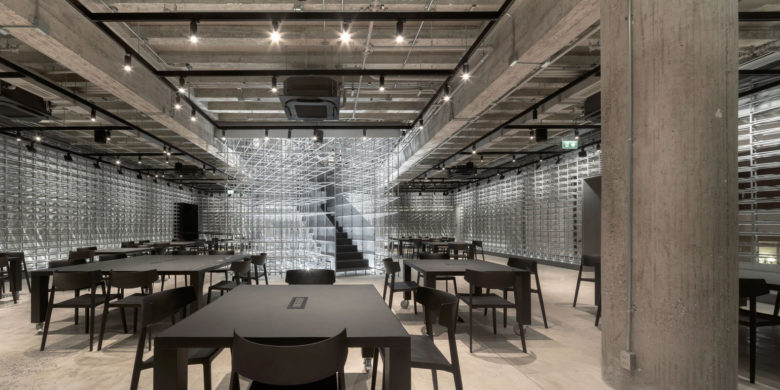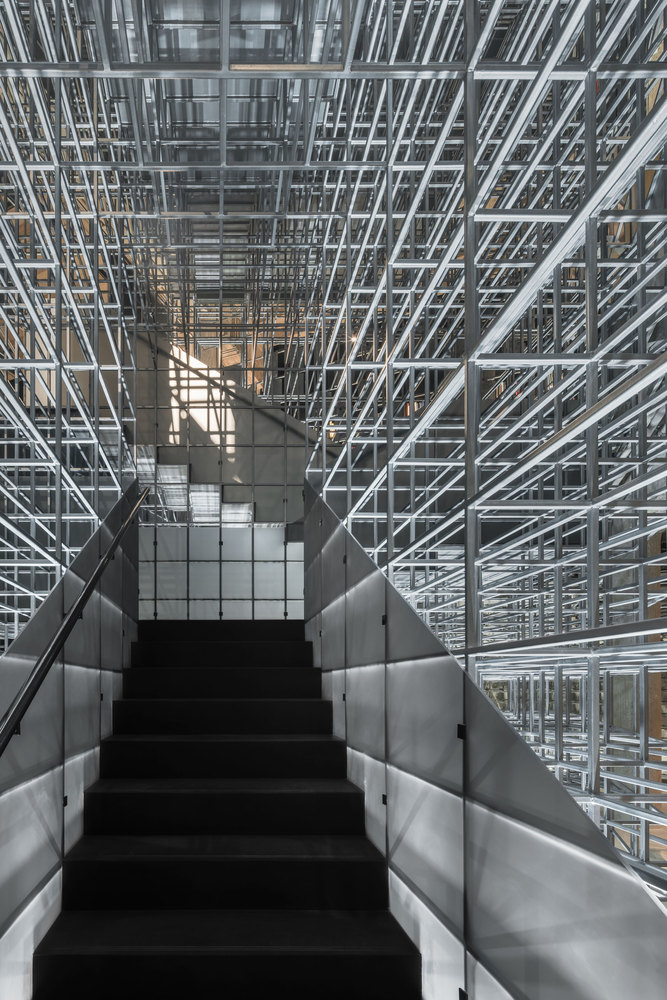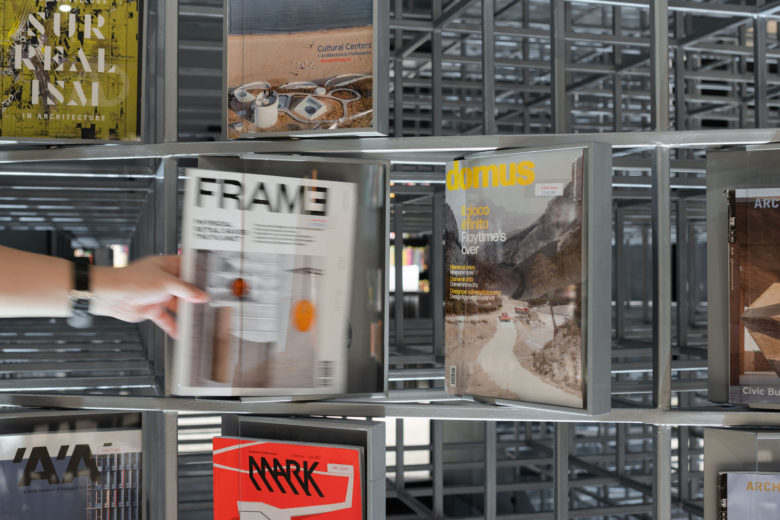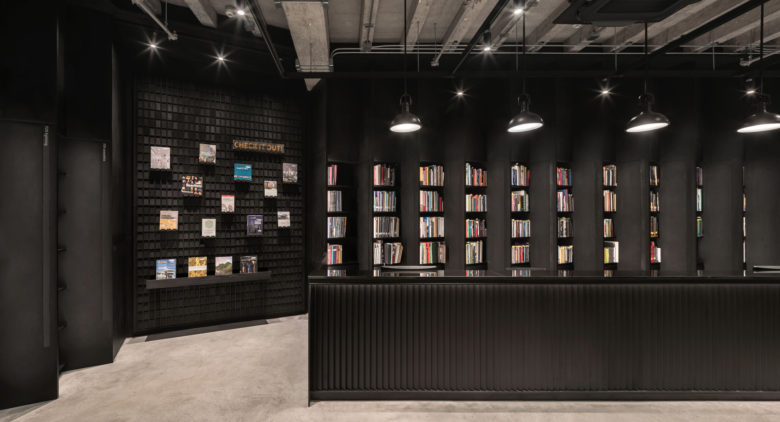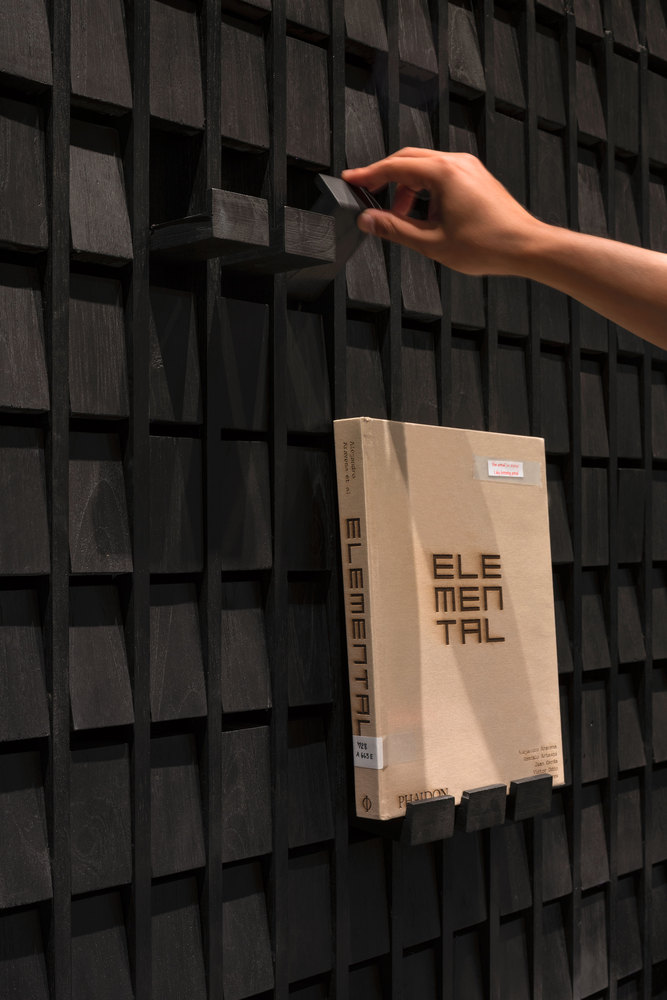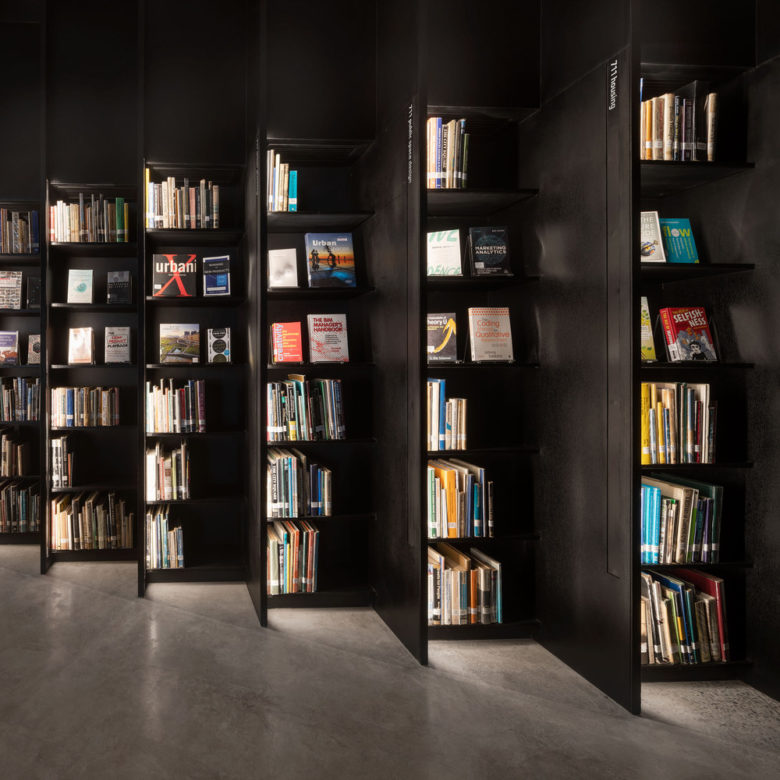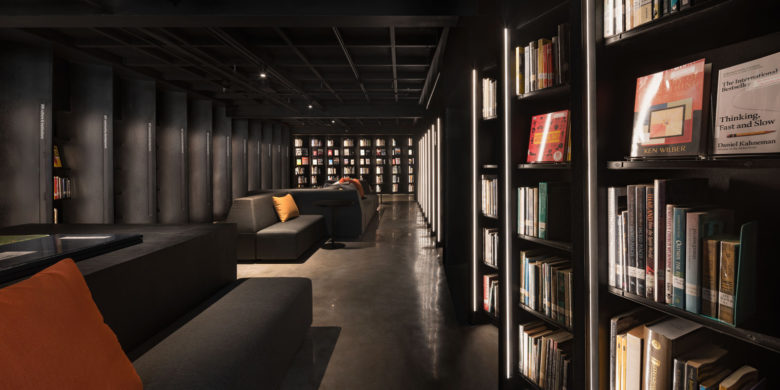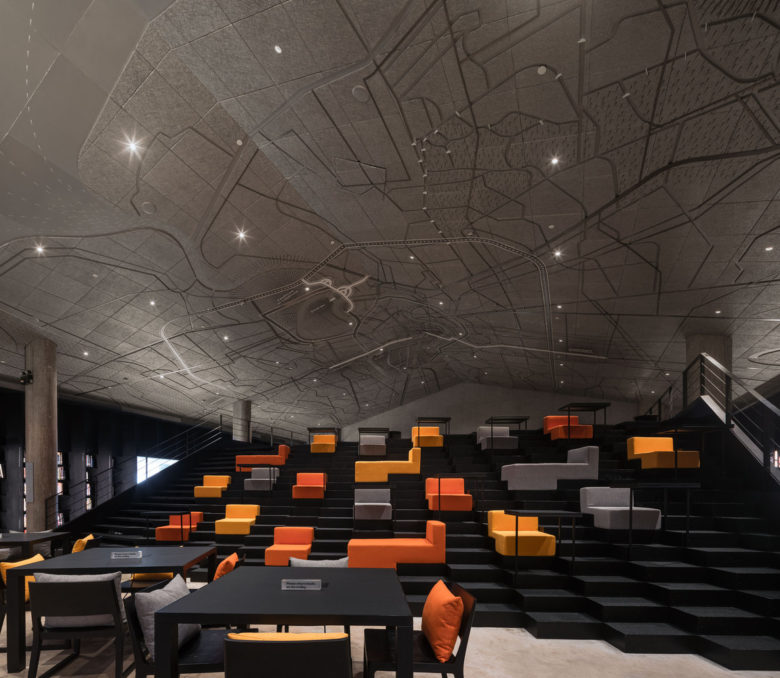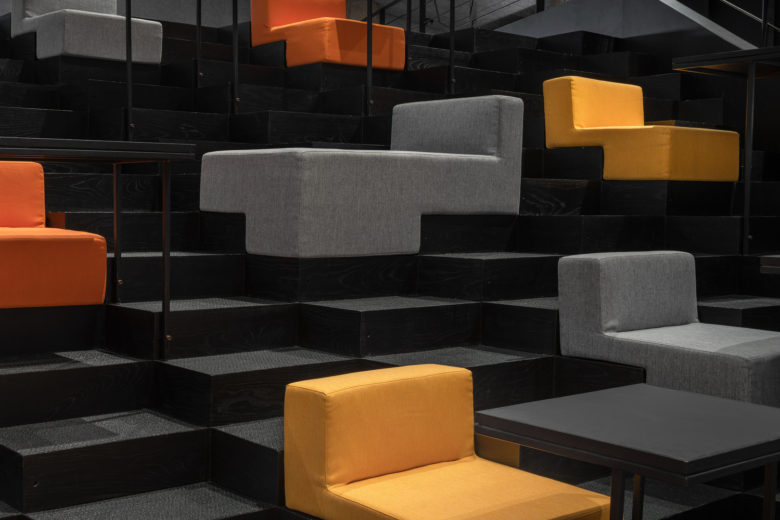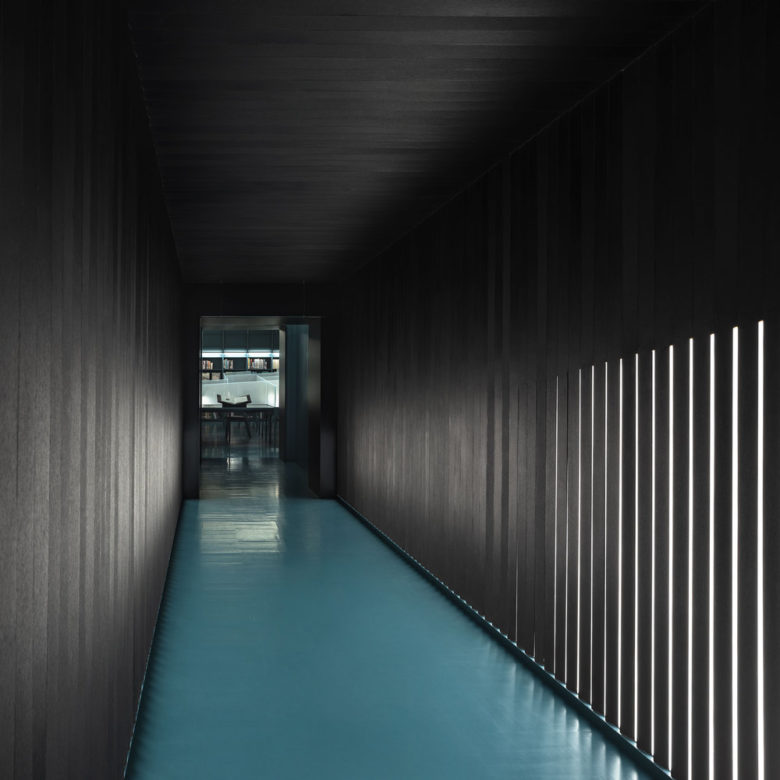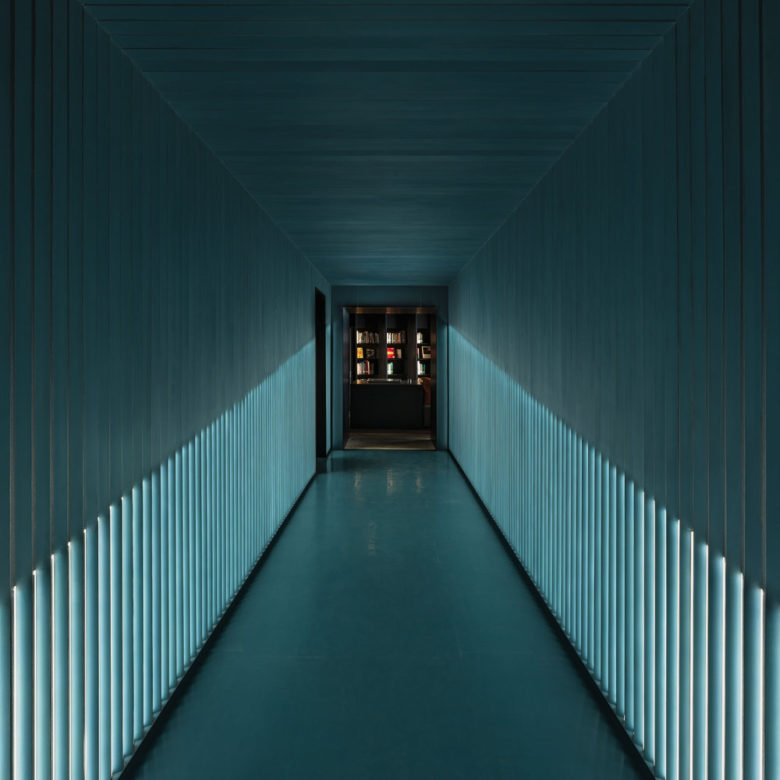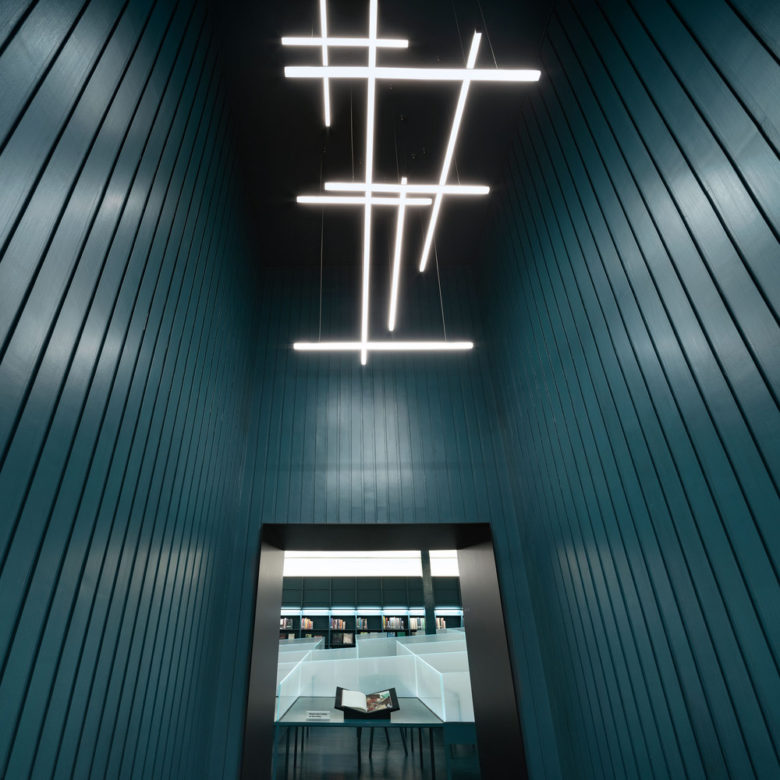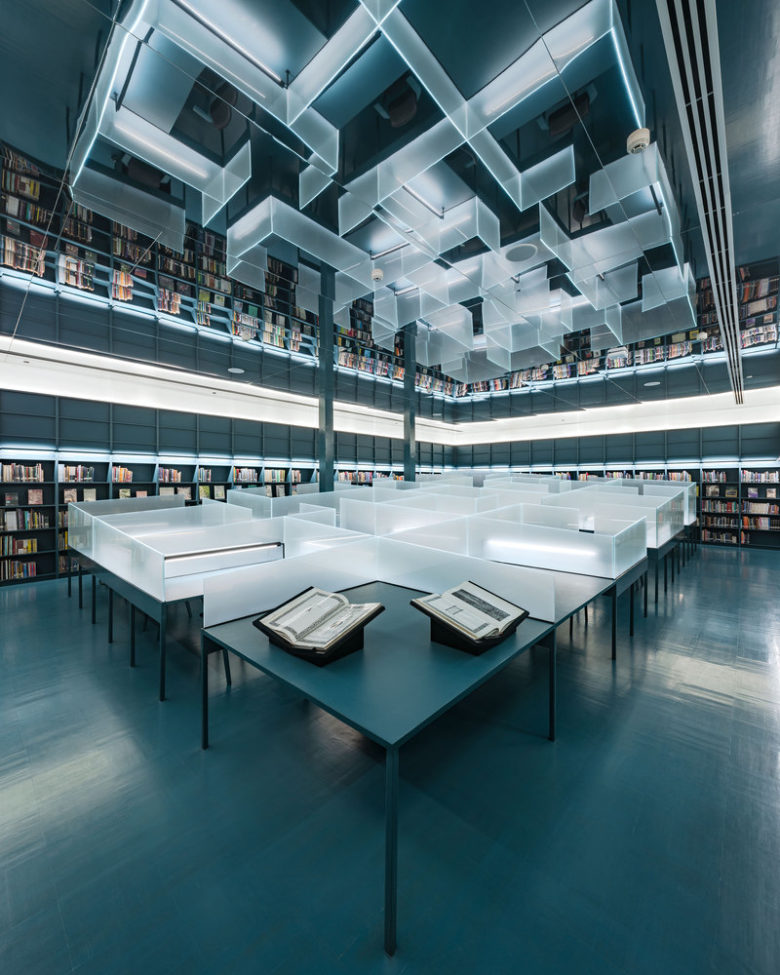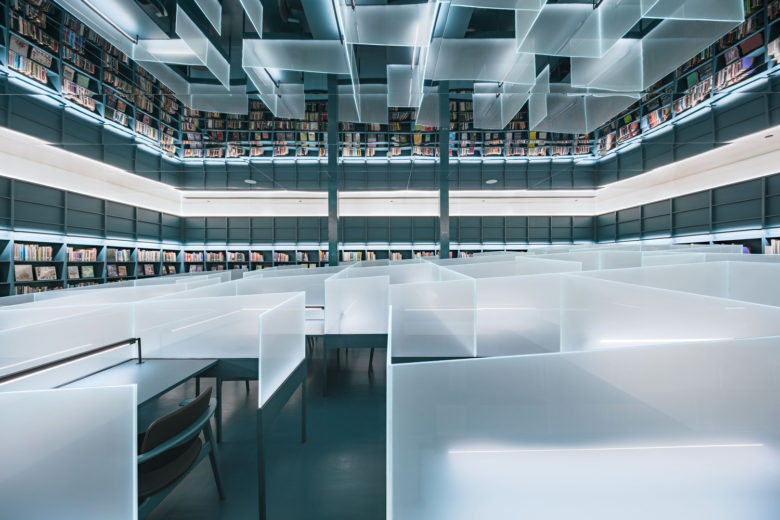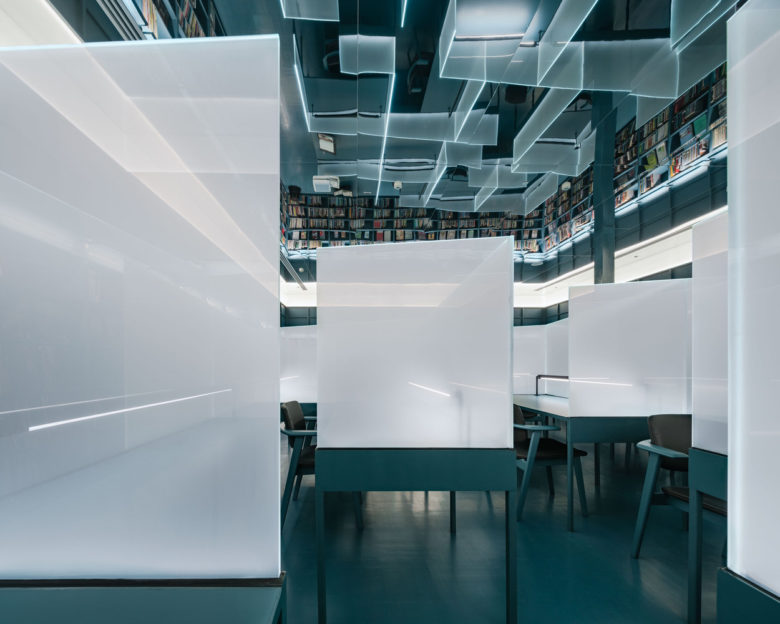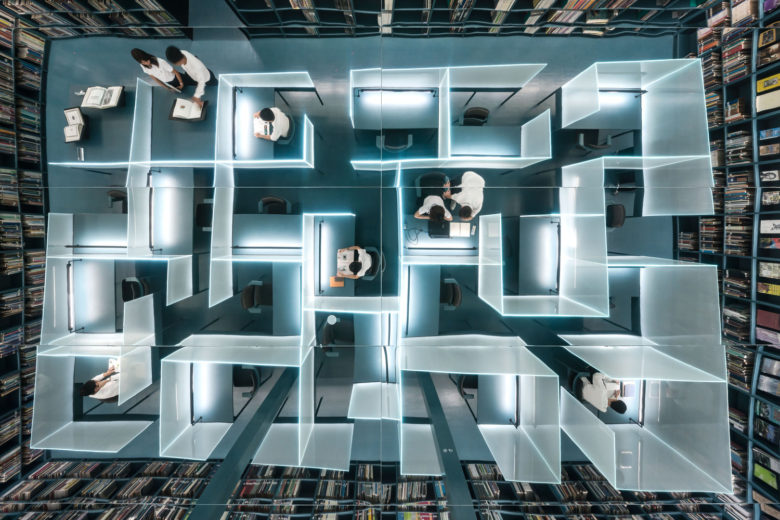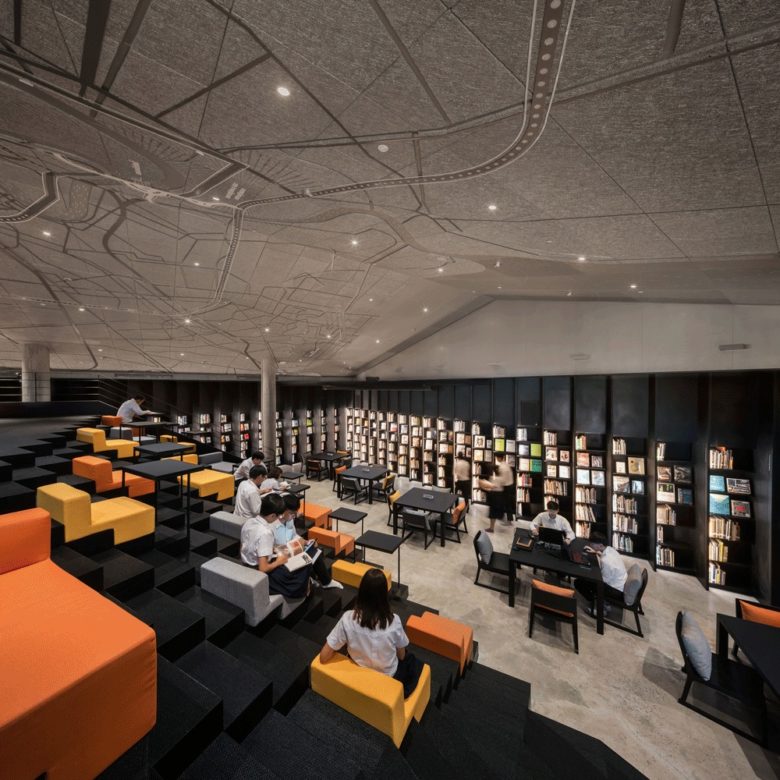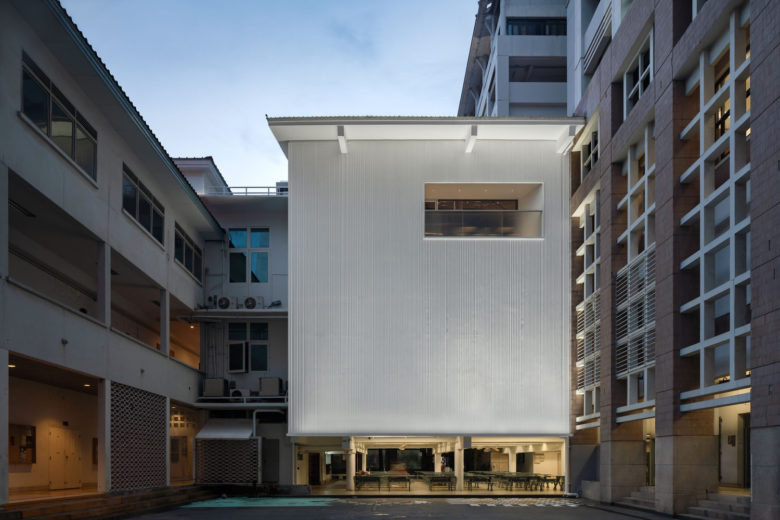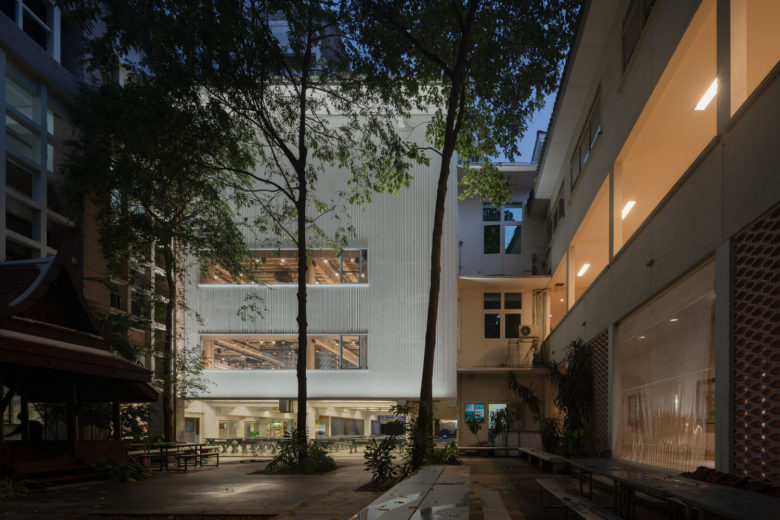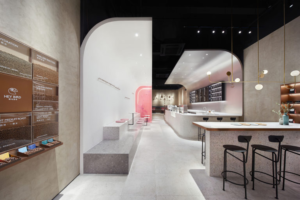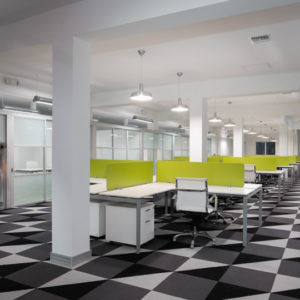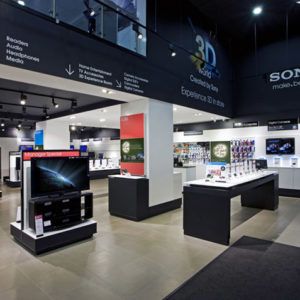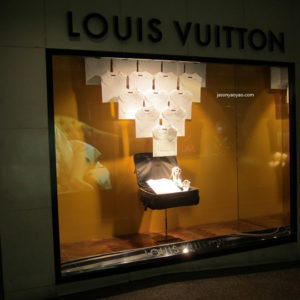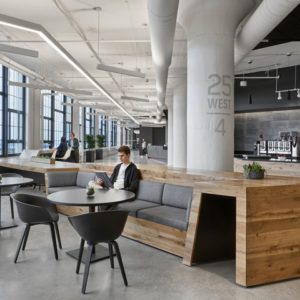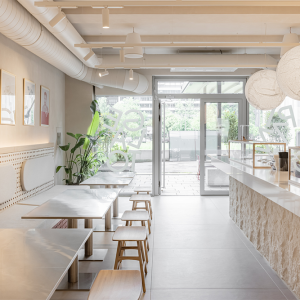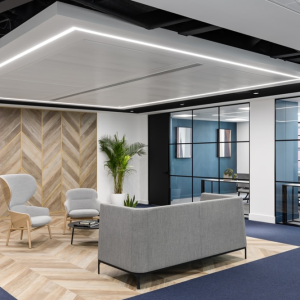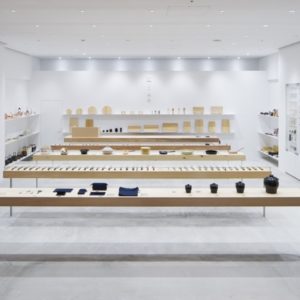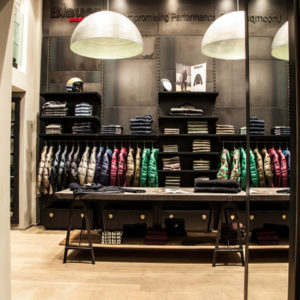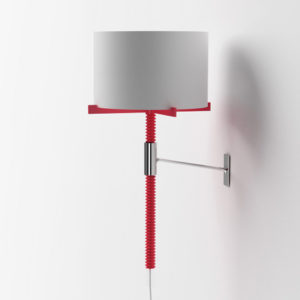
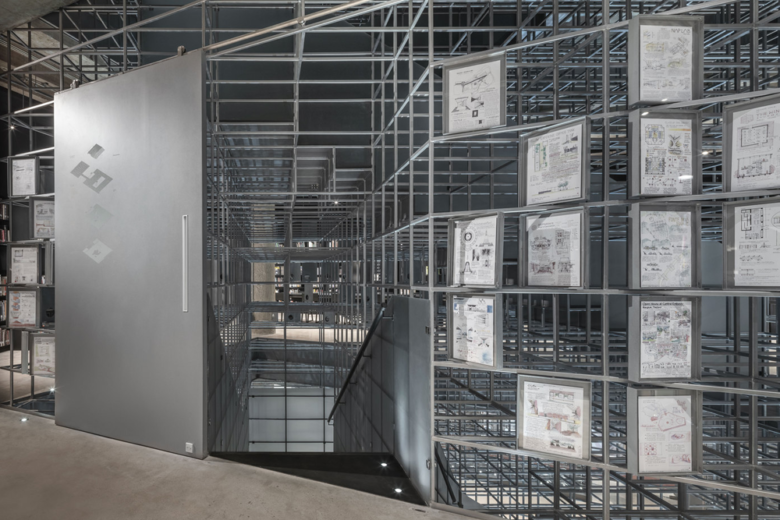
In the near future, will we still read physical books or need physical space for libraries? How do people use libraries differently with the change of lifestyle and the presence of the internet which has changed the way we access information and knowledge?
The project explores new possibilities of how a library could become.
Libraries today may continue to play an important role as learning space but it may not be the same anymore. There is an urge to rethink what a learning space is; and in particular what a learning space for an architecture school could become. To re-activate the library, the project has expanded the meaning of the architecture library to be more than a place for reading books, but to become ‘a creative incubator’ for students of architecture.
Various programs are integrated into the new library. They range from a co-working space, an exhibition space, a pin-up space to an occasional lecture space where the library becomes a place for the exchange of ideas, and it includes not only physical books as sources of knowledge and inspiration but also digital media, movies, exhibition, etc.
On its first level, a 3Ds grid system enveloping a co-working space provides an open-ended platform for students to create exhibitions or various events, to hang, to fasten, to insert, or to do anything with it. It becomes an experimental ground for architecture students to act on the space. The ever changing exhibitions from various studios in the schools could inspire one another. The system is also available for pin-up spaces with magnetic pin boards and digital screen where anyone who walk pass can stop by to join the discussions.
Although today a great deal of information is online. Content in books still have a different nature of curation and depth. While digital data already surrounds us virtually, the physical space of the library attempts to surround us with physical books and magazines. Showcase spaces showing book covers facing out are maximized, rather than the usual compressed stacks we see only book spines, inviting people to pick them up to read them.
There still be a quiet zone for those who need to concentrate. Carrels are rearranged in a labyrinth configuration to minimize disturbance from the circulation around. The reflective ceiling reveals the plan of the luminous maze.
On the top floor, the pixelated steps are reading area that, with rearrangement of the cushions, can be turned into an auditorium for occasional lectures or movies as another source of inspiration.
Different atmospheres and seating types allow people to choose according to their preference, from co-working space, tables looking to the outside, a quiet area, low table and sofa space for a relaxing setting, even to sitting on the floor. The students who work all night may even find a space to take a power nap on the mattress area on the mezzanine to refresh themselves before going to the next class.
Architects: Department of ARCHITECTURE
Lead Architects: Twitee Vajrabhaya, Chaiyapat Mirasena
Design Team: Boonvadee Laoticharoen, Pattamapa Komonniramit
Photographs: W Workspace

